The SECURE Act & ASC System Updates
With the COVID-19 Pandemic and the enactment of the CARES Act, the SECURE Act may seem like a distant memory. However, not to us.
ASC’s Support, Development, and ERISA attorney teams have been focused on gaining an understanding of the law and how ASC Systems will need to change in response to it. Currently, many of the SECURE Act’s provisions need additional guidance by the Treasury and the IRS. Even so, there are many areas of the legislation in which we are confident in the clarity of the law.
In the areas in which the law is clear, we have either already made changes to the ASC Systems, or we have developed a plan for updating the ASC systems as required over the next few years in accordance with the roll out of the various provisions in the SECURE Act. A plan checklist has been developed to address operational issues until the required SECURE Act is available. The operational checklist provides an organized way for TPAs and plan administrators to keep track of plan changes in the interim.
Below, you can see our list of the changes we anticipate based upon the current information available.
SECURE Act and ASC’S DB and DC Valuation Systems
PROVISION (Effective Date of Provision)
Required Minimum Distributions (after 12/31/2019)
Individuals turning 70.5 after 12/31/2019 will not be required to receive an RMD until they reach age 72. ASC’s RMD age identification programs (Reports-Other-70.5 and Utilities-DataChecks-EmployeeData) have been modified to identify those who have attained age 72 in addition to the current age 70.5 identification. This will allow users to identify who is still required to receive a distribution, based on attaining age 70.5 in 2019 or earlier, or who will be turning 72 and will need to be monitored for a future distribution. These reports are available in the menus for both DC and DB plans.
In addition, on the DC side, the calculation of the RMD amount has had a warning added with respect to the age of the participant (Calculations-Individual Employee – 70 ½ Minimums). If a participant who is not yet 72 by the Distribution Year entered is selected in the calculation, a message indicating the “participant isn’t required to commence required minimum distributions” will appear.
These changes were issued in a patch file in February and were distributed with our Spring System Release at the beginning of June. At this point, no changes to the actual distribution amount calculations have been made.
Automatic Enrollment Cap Safe Harbor (Plan Years beginning after 12/31/2019)
The escalation cap has been increased from 10% to 15% of eligible compensation. ASC’s Auto Enrollment Projection module (Reports – Studies and Proposals) already provides for flexibility in the cap, so that no change will be made here.
Long Term Part-time Employee Eligibility (Plan Years beginning after 12/31/2020)
Employers will soon need to provide an entry in their 401(k) plans for those employees who have worked three consecutive years of service with more than 500 hours/year. These employees may be excluded from coverage, nondiscrimination, and top-heavy testing. For this provision, it is important to recognize that 12-month periods prior to the first day of the 2021 Plan Year do not have to be considered. As a result, the first time these employees may be eligible to enter the plan will be for Plan years beginning after 12/31/2023.
The DC systems currently track hire, term and rehire dates, as well as hours worked, in the History record. We are discussing how these employees will be tracked in the system, via a “Long term part-time” indicator, or by setting a particular Participant Status code. They will need to be able to be separated for allocations and testing. For now, users should continue to populate these fields annually so they may be properly accumulated in the History record.
There are many unanswered questions regarding this provision, such as how this will affect class exclusions, is it “once-in, always-in.” As these become clear, our programming approach will be chosen.
Multiple Employer Plans (MEPs) and Pooled Employer Plans (PEPs) (Plan years beginning after 12/31/2020)
This provision allows for unrelated employers to join a pooled plan. The history and details related to PEOs, Open MEPs, and Closed MEPs are more expansive than what can be covered here. For the ASC Valuation system, it is important to note that these plans, in whatever their form, can already be handled in the existing system. ASC users have been performing compliance testing on these plans for over a decade on ASC using either multiple locations within a single case or as separate cases. The separate case setup allows more flexibility but requires more user input. As a result, it is normally paired with our SSP scripting automation product to gain efficiency. Please contact ASC Support to discuss your PEP/MEP/PEO clients and the proper setup. There are many complexities with respect to these plans that may easily be written into a Plan Document but are not so easily administered. While MEP provisions have been included in plan documents since EGTRRA, we are still awaiting guidance from the IRS about how PEP arrangements will be reflected in the upcoming Cycle 3 documents. We anticipate that an Interim Amendment will be forthcoming in 2021.
DC Plan Participant Employee Statements (12 months after DOL issues interim final rules)
Benefit statements provided to participants in a DC plan will be required to include a lifetime income disclosure, including the monthly payment based on the account balance using both single and qualified joint and survivor annuities. This would need to be provided at least once in a 12-month period.
Modifications to ASC’s Employee Statements will be made once the rules, model disclosure, and required assumptions are published.
Nondiscrimination relief for frozen DB plans (immediately)
For defined benefit plans closed to new entrants, the SECURE Act provides nondiscrimination testing relief for 401(a)(26) coverage testing, accrual testing relief for 401(a)(4) testing for the closed group, and Benefits, Rights and Features (BRF) testing relief for the closed participant class. The IRS has been offering limited nondiscrimination testing relief temporarily for several years, but we expect formal guidance on the SECURE Act’s more expansive testing relief. ASC’s actuaries will continue to evaluate whether any reporting changes are required for this relief, but as of the time of this newsletter, no changes are expected.
Modification of PBGC Premiums for CSEC DB plans (immediately)
For defined benefit plans that satisfy the CSEC requirements (Cooperative and Small Employer Charity plans), the PBGC premiums for plan years beginning after 2018 are legislated as $19 per participant for the flat-rate premium, and $9 for each $1,000 of unfunded vested benefits. These premium rates are not indexed. For plans using the PBGC Information Report in the ASC DB Val system, you may manually enter these flat-rate and variable rate values in the Assumptions > PBGCPREM screen of Plan Specifications to have the report reflect these custom rates.
Special rules for Minimum Funding for Community Newspaper DB plans (plan years ending after December 31, 2018)
For defined benefit plans that satisfy the community newspaper plan sponsorship requirements, the interest rate is increased to 8%, and the amortization period for funding shortfalls is extended from 7 years to 30 years. The Funding>PPAFASMP screen can easily be modified to accommodate the 8% interest rate. A workaround is required to accommodate the 30-year amortization period. Users who need this workaround should contact ASC Support for additional assistance.
SECURE Act and ASC’S GOVERNMENT FORMS
Increased Late Fees for Failure to File form 5500s (forms after 12/31/2019)
The SECURE Act has increased the IRS penalty to $250 a day, up to a maximum of $150,000 per year. The IRS penalty for failure to file a Form 5500 before the SECURE Act was $25 a day, up to the maximum penalty of $15,000 per year. Also increasing under the Act is the penalty for failure to file the Form 8955-SSA. It has increased from $1 per participant multiplied the number of days the failure occurred with a maximum of $5,000 to $10 per participant multiplied the number of days the failure up to a maximum of $50,000. Note: the DOL still has the authority to assess penalties on all plans under Title I of ERISA. This is in addition to the IRS penalties. The new maximum civil penalty amount has increased to $2,194 per day. This penalty is adjusted for inflation for penalties assessed after January 23, 2019, with no maximum.
Due to the severity of these penalties, it is important to monitor 5500 statuses, which can easily be done using the FIND function (without the need for a separate CRM). Users should also take advantage of the Automated Accelerated Email Reminder option to remind signers as the deadline approaches. These are features of the DGEM 5500 System that not only offer efficiencies but also help reduce risk and liability. At this point we do not expect to make any system changes specific to the SECURE ACT.
SECURE Act and ASC’S Plan Document Generation System (DGEM)
The SECURE Act and related American Miners Act will require an Interim Amendment. However, guidance for many of the provisions is needed before an Interim Amendment can be drafted. In the interim, ASC has drafted an Operational Checklist that can be used to document plan provision changes and the effective dates of those changes. The Operational Checklist is currently available on the DGEM Download page under 2 Plan Documents. It is similar in concept to the checklist we previously provided for the Hardship Distribution rule changes.
Like the ASC Valuation system, DGEM is already able to accommodate MEPs. DGEM’s MEP processing provides robust functionality with the ability to generate a custom List of Modifications, SPD, Plan Summary, and resolution for each adopting employer. Clients can refer to the DGEM User Guide (chapter 3) for more information.
Do you need more information? Please contact our sales team at sales@asc-net.com or our support team at support@asc-net.com.





